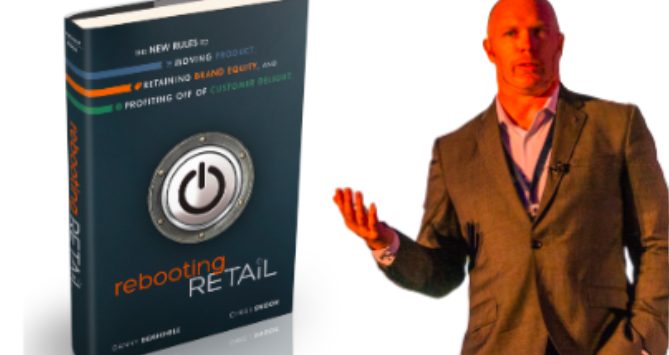1919–2019 R.I.P. Consumerism
It was a good run. Well, maybe not really, (as you will see and feel shortly after completing this chapter), but it was a BIG run nonetheless.
Maybe you have asked yourself how dozens of brands from Sears, Toys R Us, Vitamin World, True Religion, Gymboree, Payless, Gander Mountain, Radio Shack, The Limited, BCBG Max Azria, Aerosoles (source https://www.retaildive.com/news/retail-bankruptcies-2017/446086/) to name a few all filed Bankruptcy in 2017 and 2018 with hundreds of more brands shutting down several hundred stores.
Simultaneously to this retailer calamity, Amazon and Apple went over the trillion-dollar market cap mark thanks in part to a decade-long bull market with Dow Jones cracking 25,000 and employment at an all-time low. But, the underlying drivers of the consumer economy are cancerous and terminal, and preparing your enterprise for the coming shift and turbulence should be the utmost priority if you value survival.




